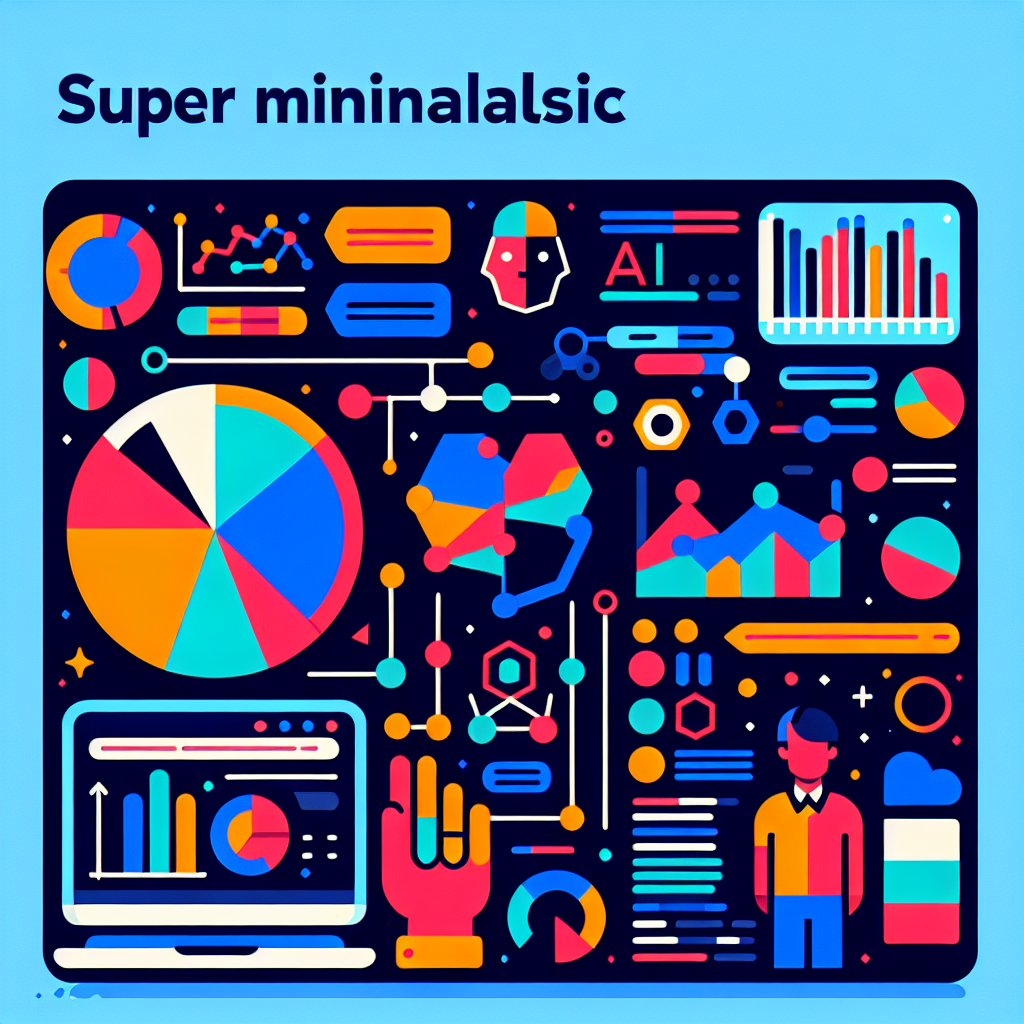Build an AI-Powered Support Centre on WordPress
Support is where brands win or lose customers. With recent advances in embeddings and retrieval-augmented generation (RAG), you can deliver accurate self-service, reduce tickets and keep humans for the complex stuff — all on WordPress.
Why an AI support centre on WordPress makes sense
Many organisations treat support as separate from marketing or product content. That’s a missed opportunity. Hosting your knowledge base and AI tools on WordPress keeps content discoverable, improves SEO, and reduces friction between marketing, docs and support.
Plus, the current trend is clear: teams favour hybrid architectures — semantic search for intent matching, plus a small language model or safe RAG layer for answers. This balance improves accuracy while controlling cost and latency.
Core components you need
- Canonical knowledge base — well-structured WordPress pages with FAQ schema and clear intent mapping.
- Semantic search (vector index) — embeddings for KB pages, blog posts and help articles for intent matching.
- AI triage chatbot — fast triage, suggested KB links, and graceful handoff to human agents.
- Ticketing & workflow automation — route, tag and escalate via webhooks or integrations.
- Analytics and feedback loop — search success rate, deflection metrics and content gaps that feed editorial plans.
Step-by-step implementation (practical & incremental)
-
Audit and map intents (Days 1–7). Export support tickets, chat logs and site search queries. Group them into 10–20 intent buckets (eg. billing, login, integrations). This gives you the content to prioritise.
-
Create canonical KB pages (Days 7–21). Consolidate duplicates, use short clear titles, and add
FAQschema. These pages will be the reference documents your AI cites — and they’ll earn organic search traffic too. -
Generate embeddings and index (Days 14–28). Create embeddings for KB pages, product copy and relevant blog posts. Use a vector database (eg. Pinecone, Weaviate) or a managed provider. Consider hybrid search (semantic + BM25) for best recall.
-
Deploy search UI and chatbot (Days 21–40). Add an instant search widget that returns semantic matches. Layer a chatbot for triage that suggests KB links and can open a ticket if needed. Ensure the bot displays source citations (links to KB pages).
-
Integrate workflows (Days 30–60). Connect the chatbot to your ticketing system or CRM. Automate tags and routing so common issues go straight to the right team. Add fallback rules: if confidence < threshold, escalate to human.
-
Measure and iterate (ongoing). Track deflection rate, time to resolution, CSAT, and search satisfaction. Use those signals to enrich KB pages and retrain your reranker or prompt templates.
Architecture & tech choices (short guidance)
- Embeddings: choose a provider with good semantic quality and predictable pricing. Many teams use OpenAI or Anthropic embeddings; private teams may prefer open models and a local vector DB for GDPR controls.
- Vector DB: pick one with fast recall and good metadata filters. Use hybrid search to combine exact-match signals (product IDs, account IDs) with semantic matches.
- LLM layer: avoid unfiltered generation for support answers. Instead, use RAG — retrieve top-k documents, then generate an answer constrained by those documents.
- Latency & hosting: cache embeddings and answers for common queries. Use serverless functions or lightweight microservices to keep your WordPress front end fast.
Metrics that prove value
- Deflection rate — percentage of interactions resolved without a ticket.
- Average time to resolution — including human-assisted handoffs.
- Search success rate — users who find a useful KB page from search or chat.
- CSAT and NPS — monitor sentiment on bot responses and human follow-ups.
- Organic traffic to KB pages — proving SEO benefit from hosted support content.
Quick wins you can deliver in 30 days
- Publish your top 50 support pages with clear headings and FAQ schema.
- Add a lightweight instant search box that offers suggested articles.
- Deploy a triage chatbot that only suggests links and logs low-confidence queries for human follow-up.
- Set up analytics events to measure search success and deflection.
Common pitfalls and how to avoid them
- Hallucinations — always show source links and limit generation to retrieved documents.
- Stale knowledge — schedule regular re-indexing and a content-review cadence.
- Privacy leaks — scrub PII before sending to third-party models or pick regional hosting compliant with GDPR.
- Performance hits — cache popular queries and offload heavy processing to background workers.
Next steps
If you want a practical, low-risk route, start with a phased pilot that targets your highest-volume intents. TooHumble helps teams design the RAG architecture, implement semantic search and integrate chatbots into WordPress without slowing your site. Learn more about our AI services at https://toohumble.com/ai and how we build robust WordPress solutions at https://toohumble.com/web-development. When you’re ready to move from pilot to production, let’s talk — contact us.
Humble beginnings. Limitless impact. Start with a simple KB, add semantic search, then layer automation — and watch support costs fall while customer satisfaction rises.






